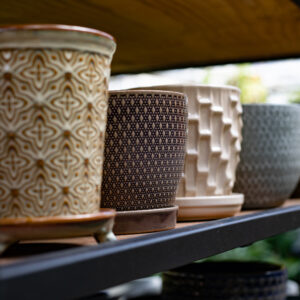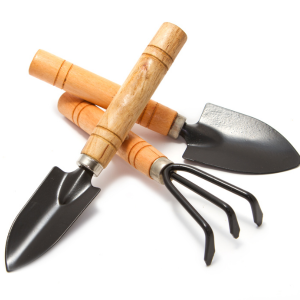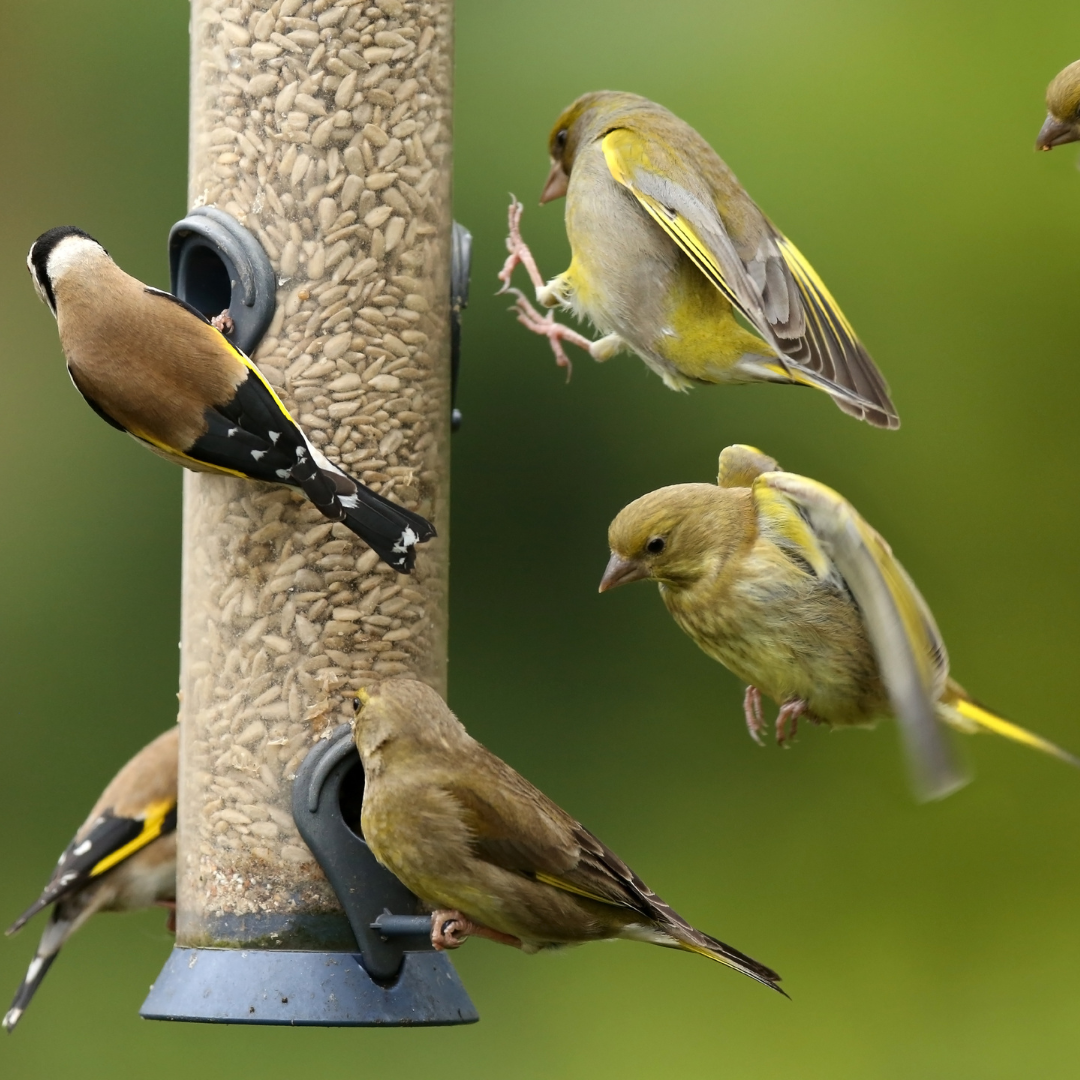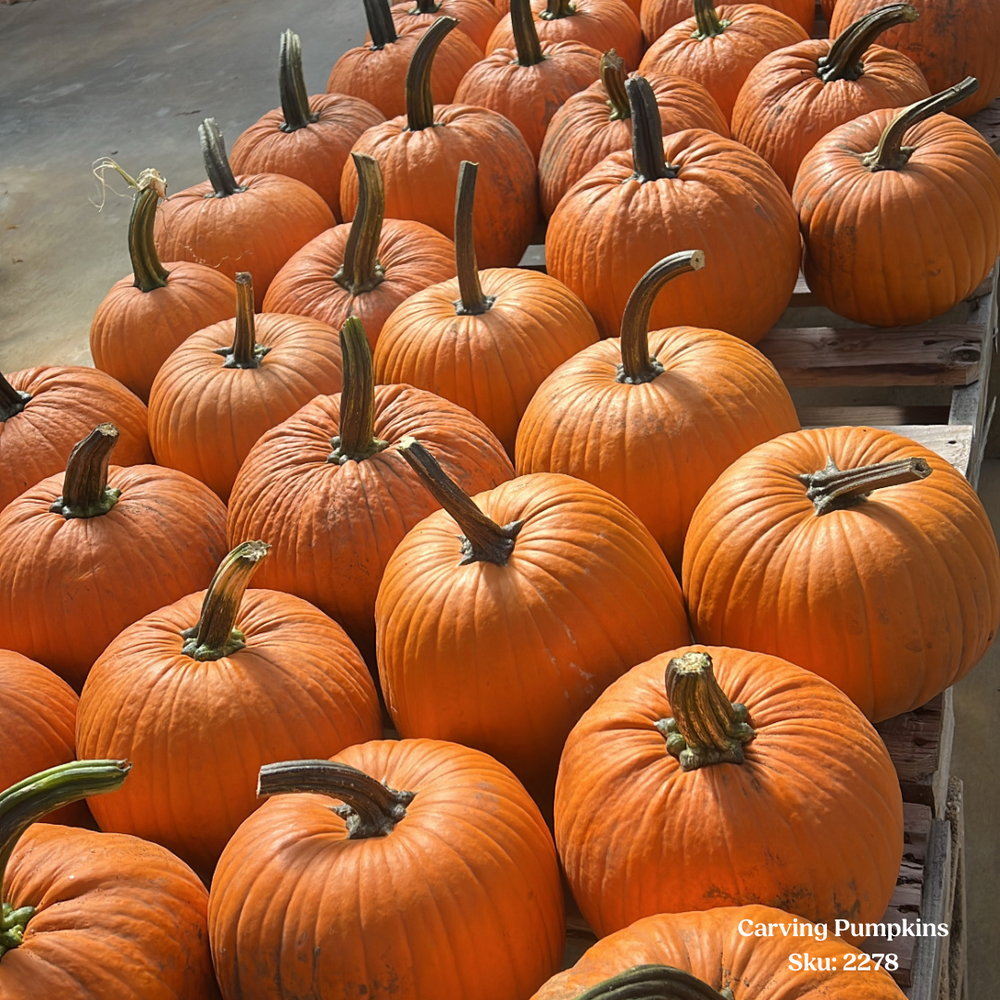Bonsai Care
Bonsai is the ancient art of growing miniature trees in containers, blending horticulture and artistic design.
These living sculptures can feature a variety of tree species and thrive with proper watering, pruning, and light.
With patience and care, bonsai offer beauty, tranquility, and a connection to nature in compact form.

Light
Most bonsai prefer bright, indirect light. Outdoor species need full sun, while indoor species like Ficus bonsai adapt to lower light. Insufficient light can lead to weak, leggy growth.

Watering
Water thoroughly when the topsoil begins to dry. Never let soil dry out completely—roots are shallow and dry quickly. Frequency varies by species, season, and pot size.

Humidity
Prefers moderate to high humidity. Indoor bonsai benefit from humidity trays or misting. Keep away from drying heat vents.

Temperature
Ideal range varies by species—tropical bonsai (e.g., Ficus) prefer 65–75°F, while temperate species need seasonal changes. Protect outdoor bonsai from frost unless cold-hardy.

Soil
Use bonsai-specific soil for proper drainage and aeration. Mixes often include akadama, pumice, and lava rock.

Fertilizing
Feed every 2–4 weeks during the growing season. Use a balanced bonsai fertilizer and adjust based on species and season. Reduce or pause feeding in winter dormancy.

Repotting
Repot every 1–3 years depending on species and growth rate. Best done in early spring before new growth starts.

Pruning & Cleaning
Trim roots every 3 years during fall and trim branches in spring to maintain shape. Remove dead leaves and debris regularly. Wire branches carefully to guide growth.

Pet Safety
Toxicity varies—some bonsai species (e.g., Jade, Ficus) are toxic to pets.

Common Problems
Yellow leaves = overwatering or poor drainage. Weak growth = insufficient light or nutrients.
Leaf drop = sudden environmental changes.

Common Pests
Watch out for spider mites, aphids, scale, and mealybugs.

Fun Fact
Bonsai trees aren’t genetically miniature—they’re full-sized trees trained through careful pruning and shaping to stay small while maintaining mature proportions.













